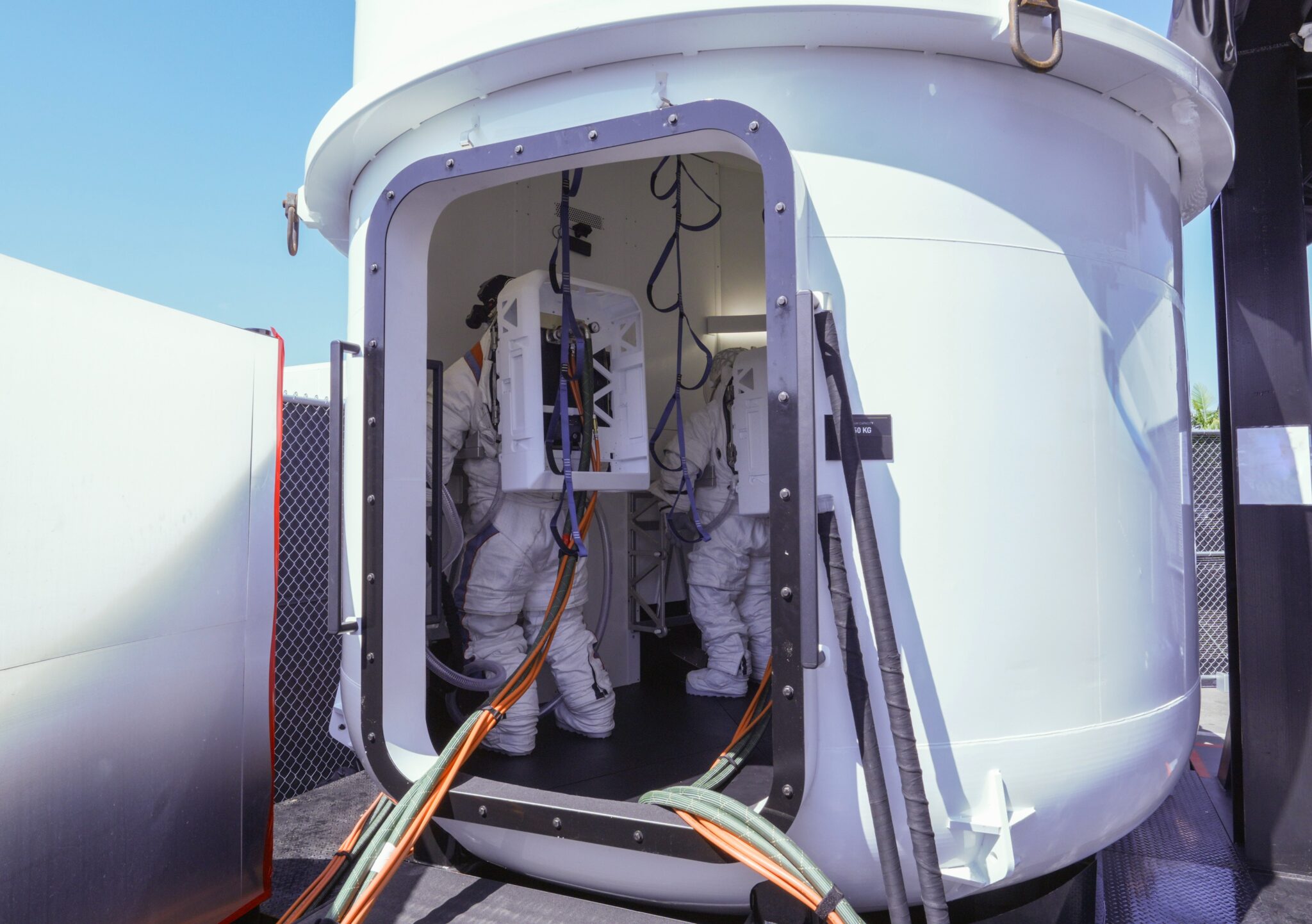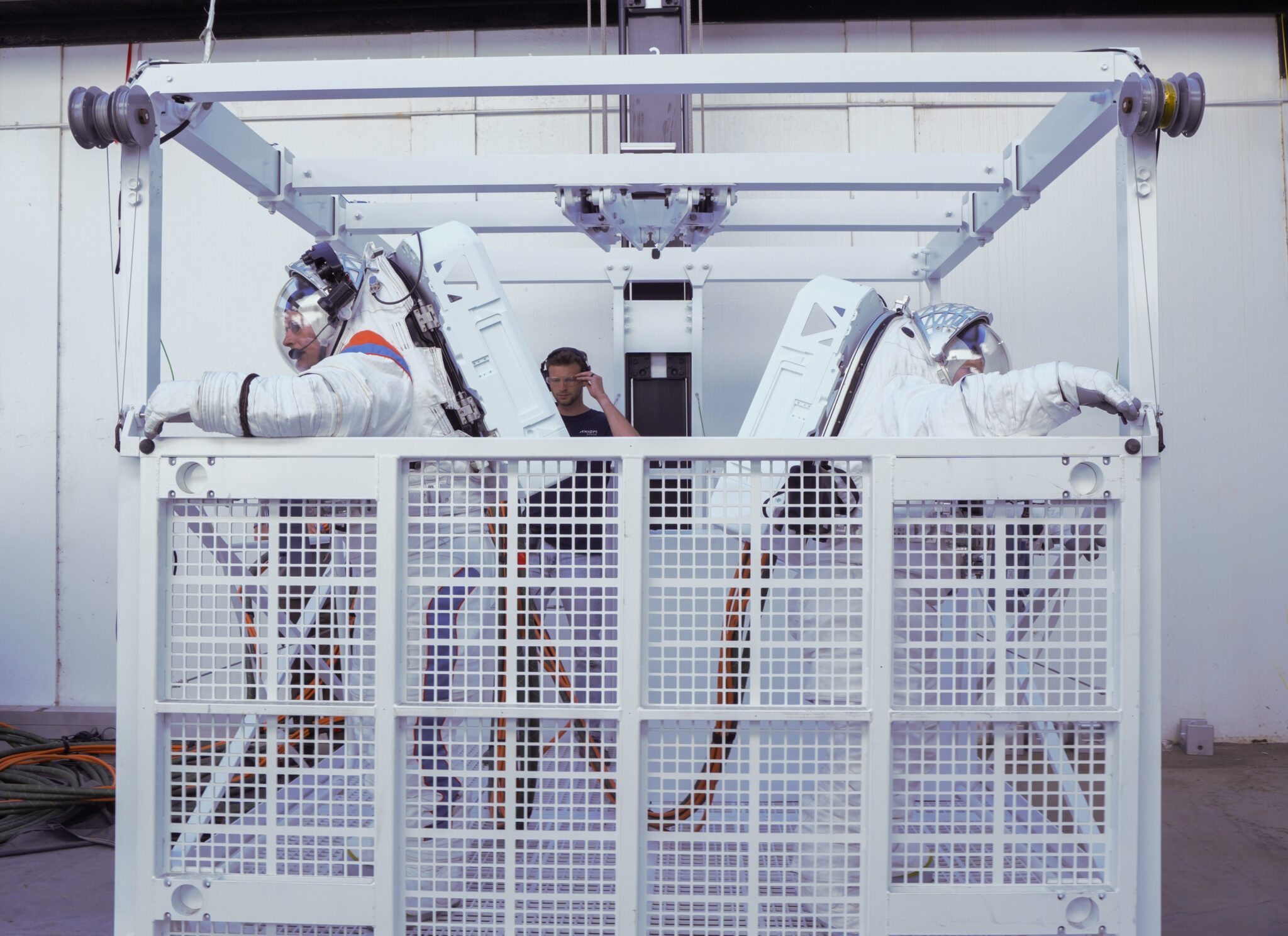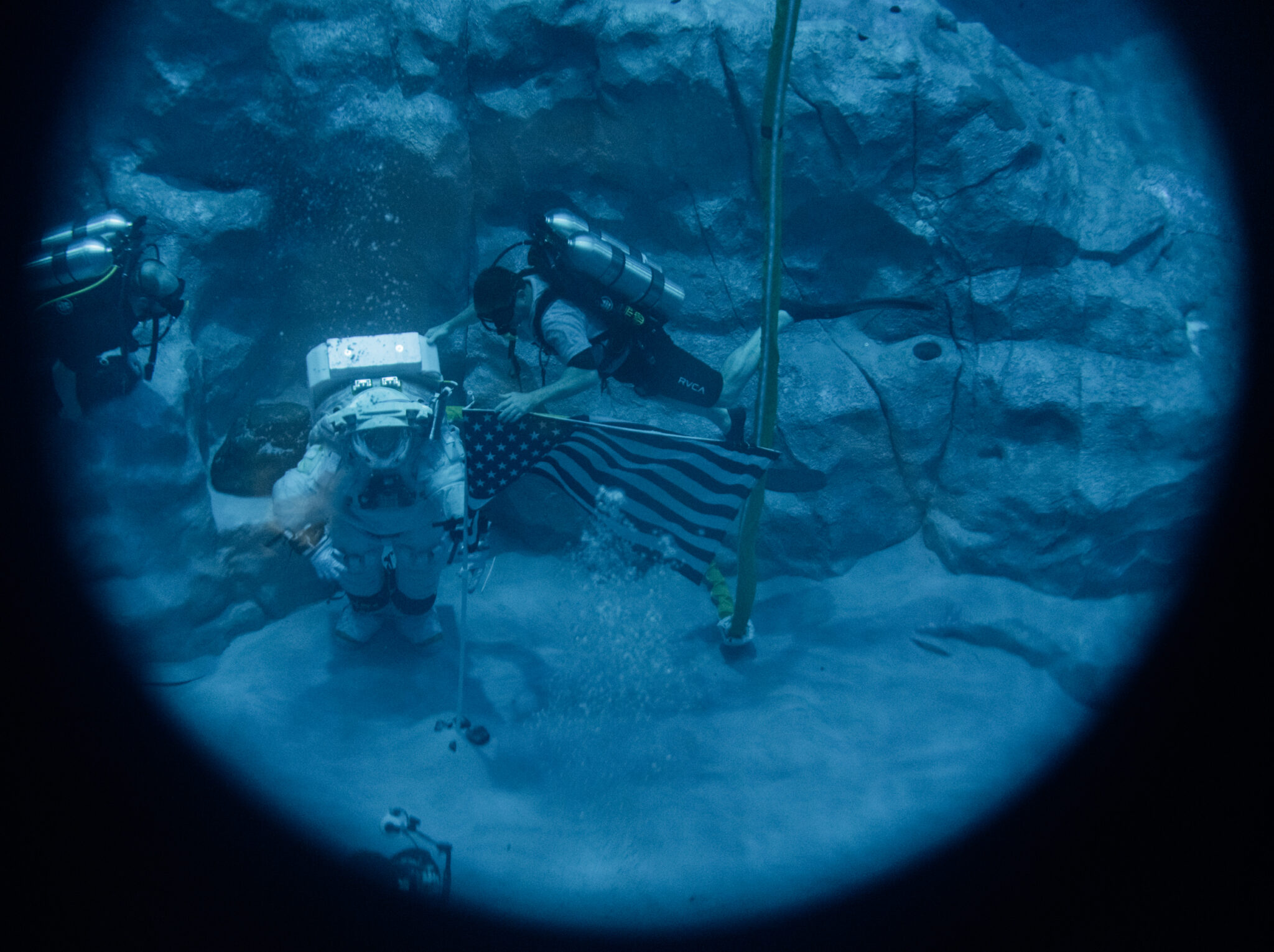As part of the Artemis program, NASA will send astronauts to the moon for the first time since 1972. Although the mission generally follows the 50-year Apollo plan, the technology has evolved considerably in that time: the rocket, spacecraft, landing module (Human Landing System, or HLS for short), spacesuits and instruments. In preparation for the launch of the Artemis III mission, scheduled for September 2026, NASA tested new spacesuits designed by Axiom Space, during which astronauts practiced interacting with equipment that would be used on the moon.

The new Axiom Extravehicular Mobility Unit (AxEMU) spacesuits are designed specifically for the Artemis III. The one-day test took place April 30 at SpaceX headquarters in Hawthorne, California. Astronauts Doug Wheelock and Peggy Whitson tested a full-scale Human Landing System model of the SpaceX spacecraft. This was the first time astronauts practiced in pressurized spacesuits, simulating the operation of HLS equipment.
The test provided valuable feedback regarding Starship’s HLS and AxEMU spacesuits. Astronauts assessed the spacesuits’ range of motion and got a feel for Starship HLS’s interior and its mechanical systems. Logan Kennedy, ground activity manager for NASA’s HLS program, noted:
“Overall, I was pleased with the astronauts’ operation of the control panel and with their ability to perform the difficult tasks they will have to do before stepping onto the Moon. The test also confirmed that the amount of space available in the airlock, on the deck, and in the elevator, are sufficient for the work our astronauts plan to do.”

Wheelock and Whitson practiced putting on and taking off spacesuits with the portable life support system (PLSS) in the landing module airlock. Artemis III astronauts will need to put on spacesuits with minimal assistance, so this test verified lightness of putting on and taking off. The spacesuits were then pressurized and powered up. The astronauts began interacting with the mobility accessories and the control panel in the airlock. The astronauts then walked from the airlock deck to the HLS elevator, which would take the astronauts and their equipment to the lunar surface.
Extensive spacesuit testing is necessary because the Artemis III mission will include spacewalks and trips to the surface of the Moon. Despite the routine nature of the tasks, they confirmed the validity and reliability of the spacesuit design and brought NASA closer to achieving the goals of the Artemis program.

The four-person crew will launch aboard the Orion spacecraft using NASA’s heavy-lift Space Launch System rocket, while HLS will be launched separately and refueled in orbit. Orion will rendezvous and dock with HLS in lunar orbit. The two astronauts will then transfer aboard a landing module that will take the crew to the lunar surface and bring them back. AxEMU spacesuits provide greater flexibility and accommodate a wider range of astronauts, which is in line with NASA’s commitment to diversity and equity in the astronaut workforce.
Despite the delays, work on Artemis III is actively continuing.
We previously reported on how dangerous dust on the moon damaged spacesuits and spacecraft.
According to nasa.gov


